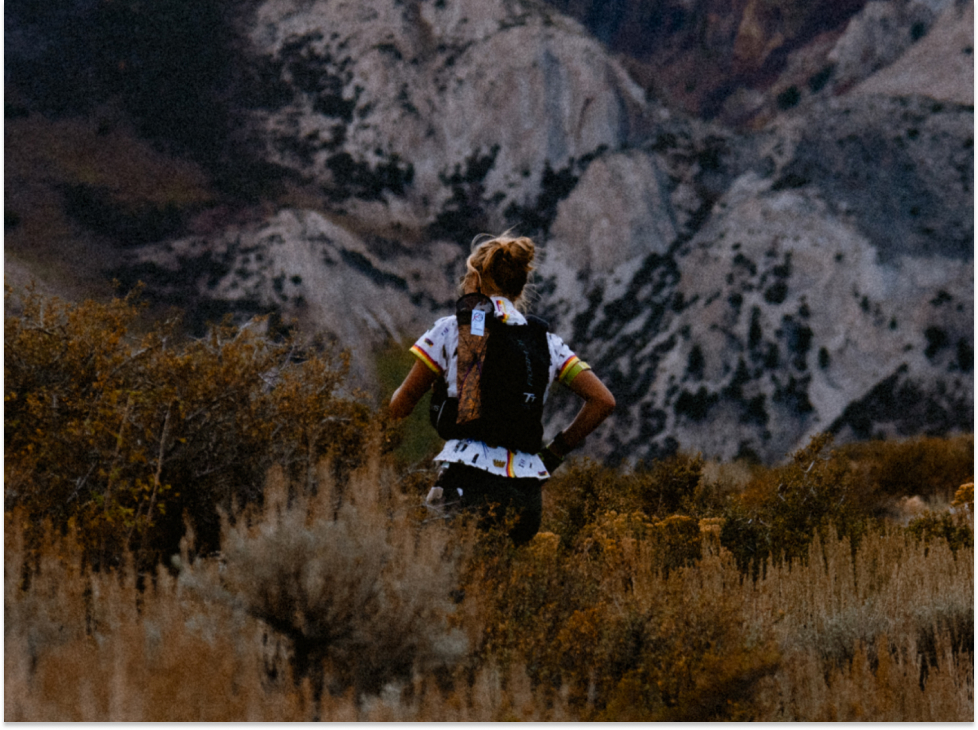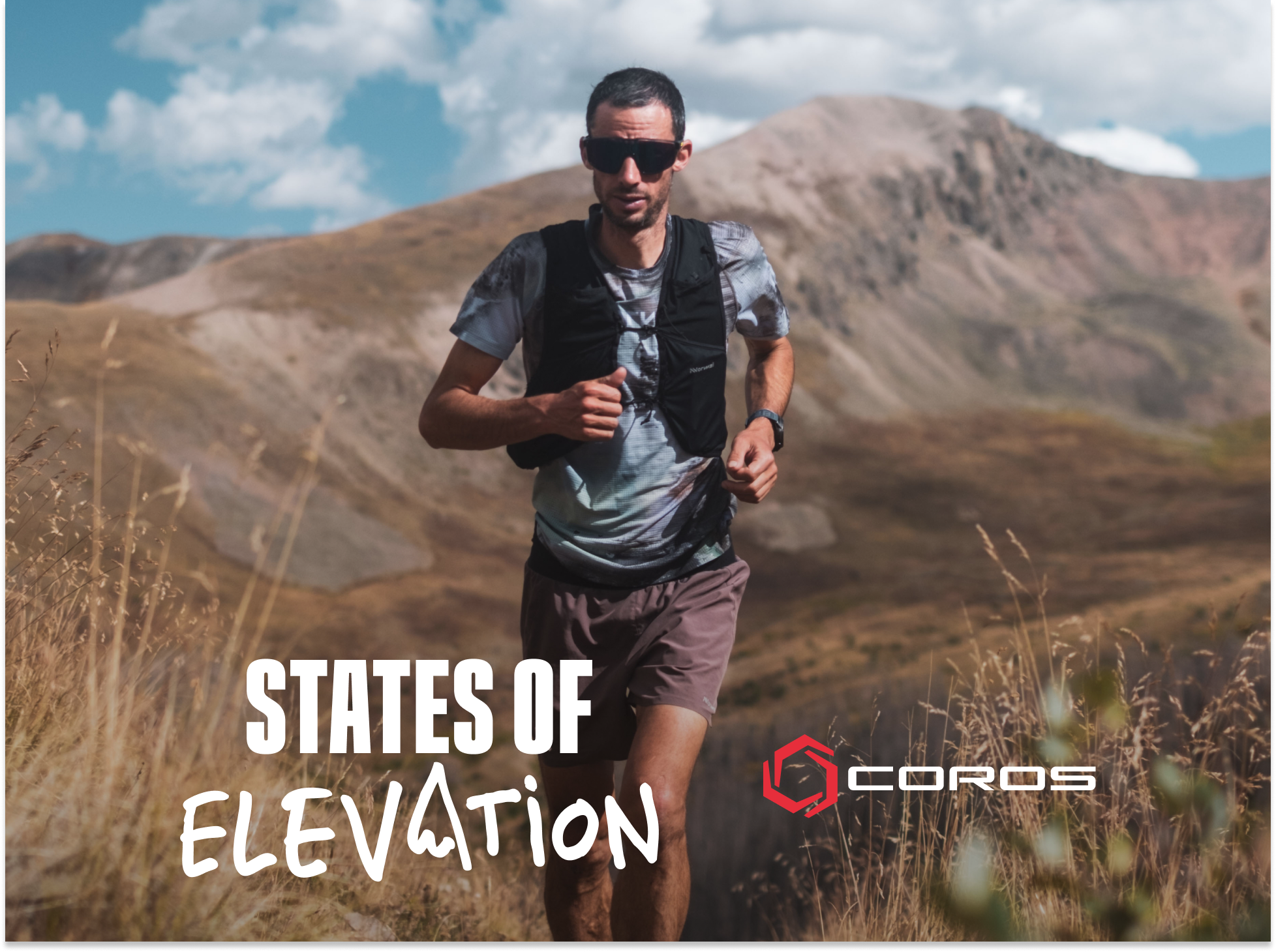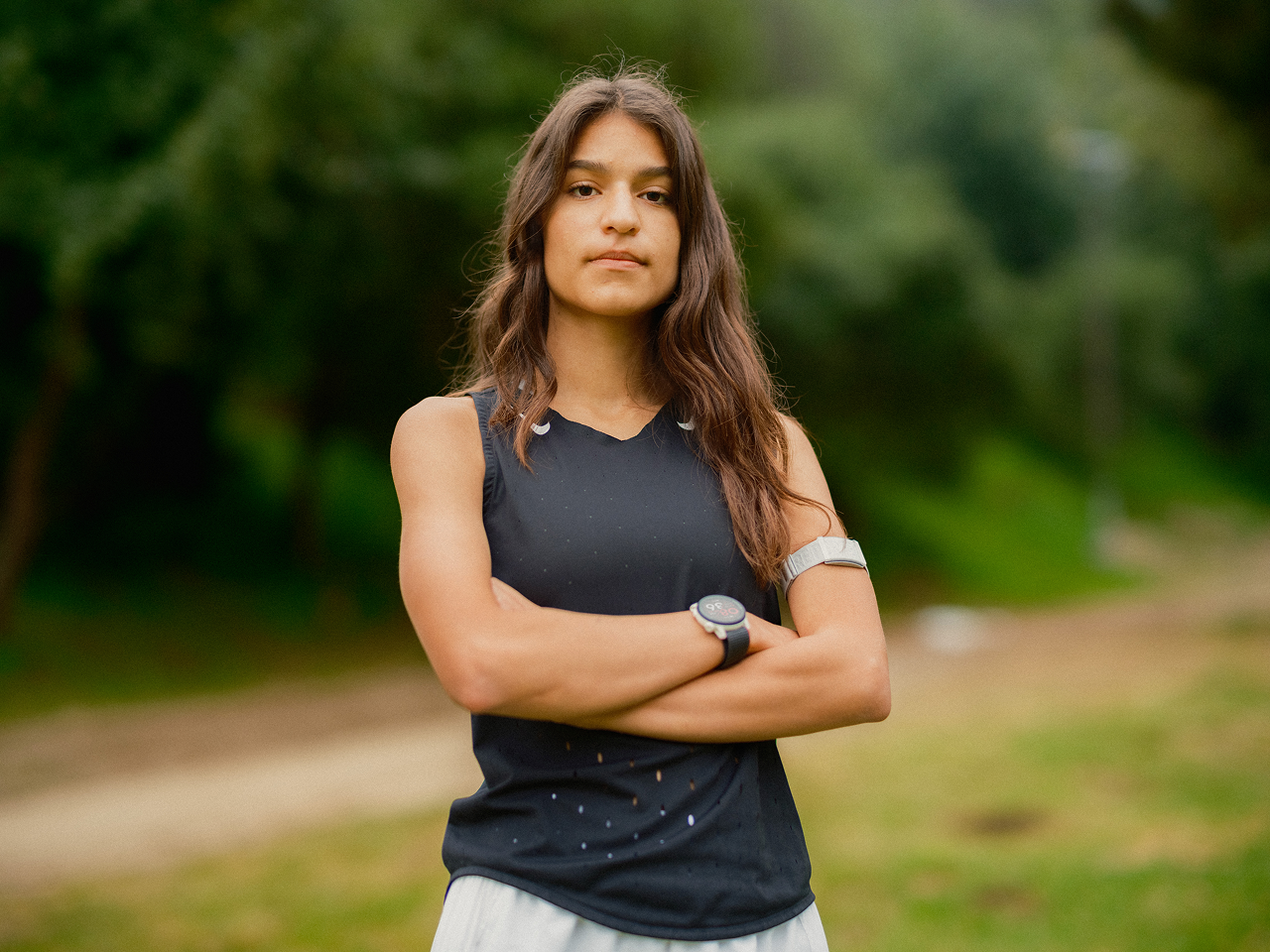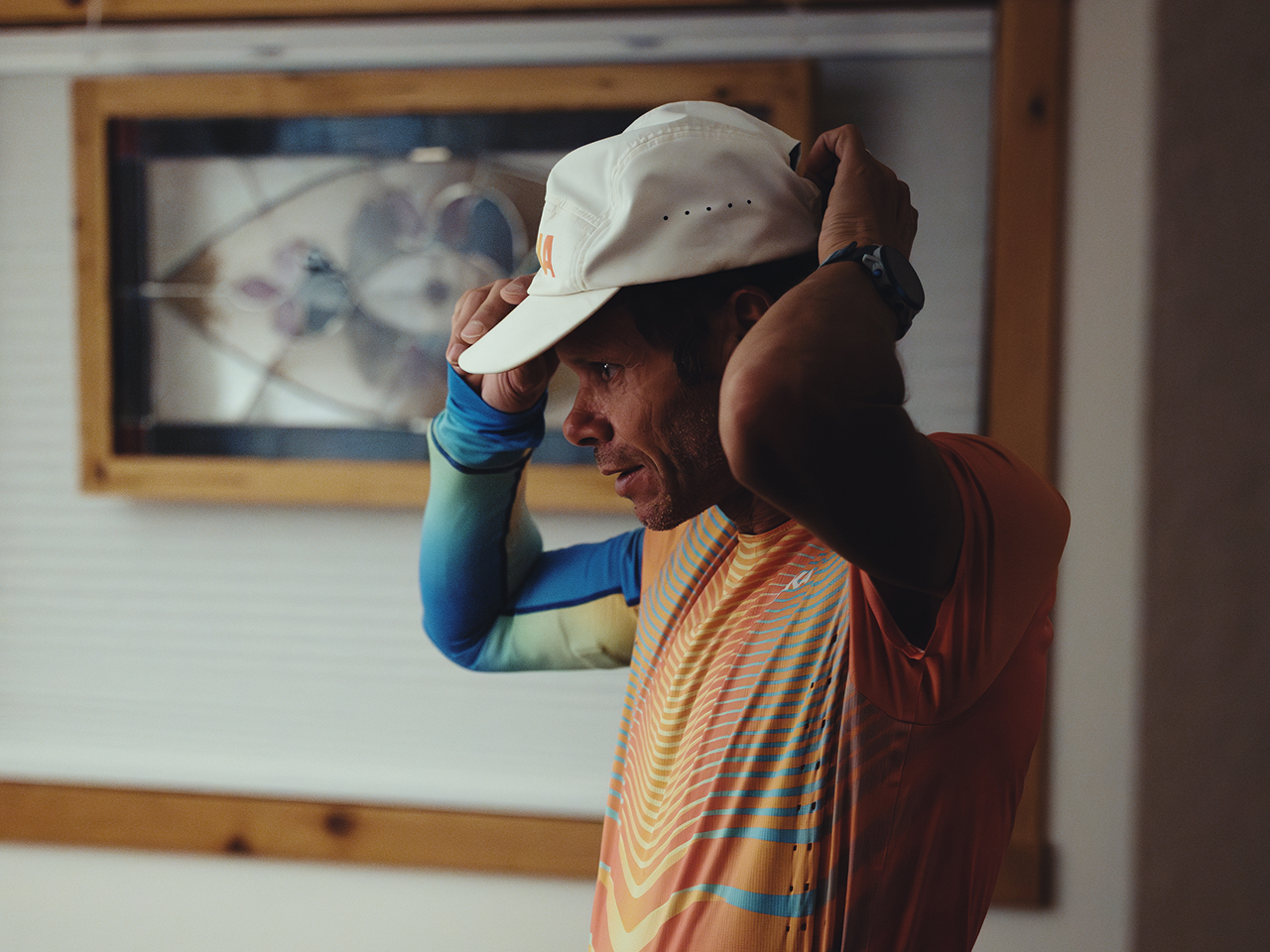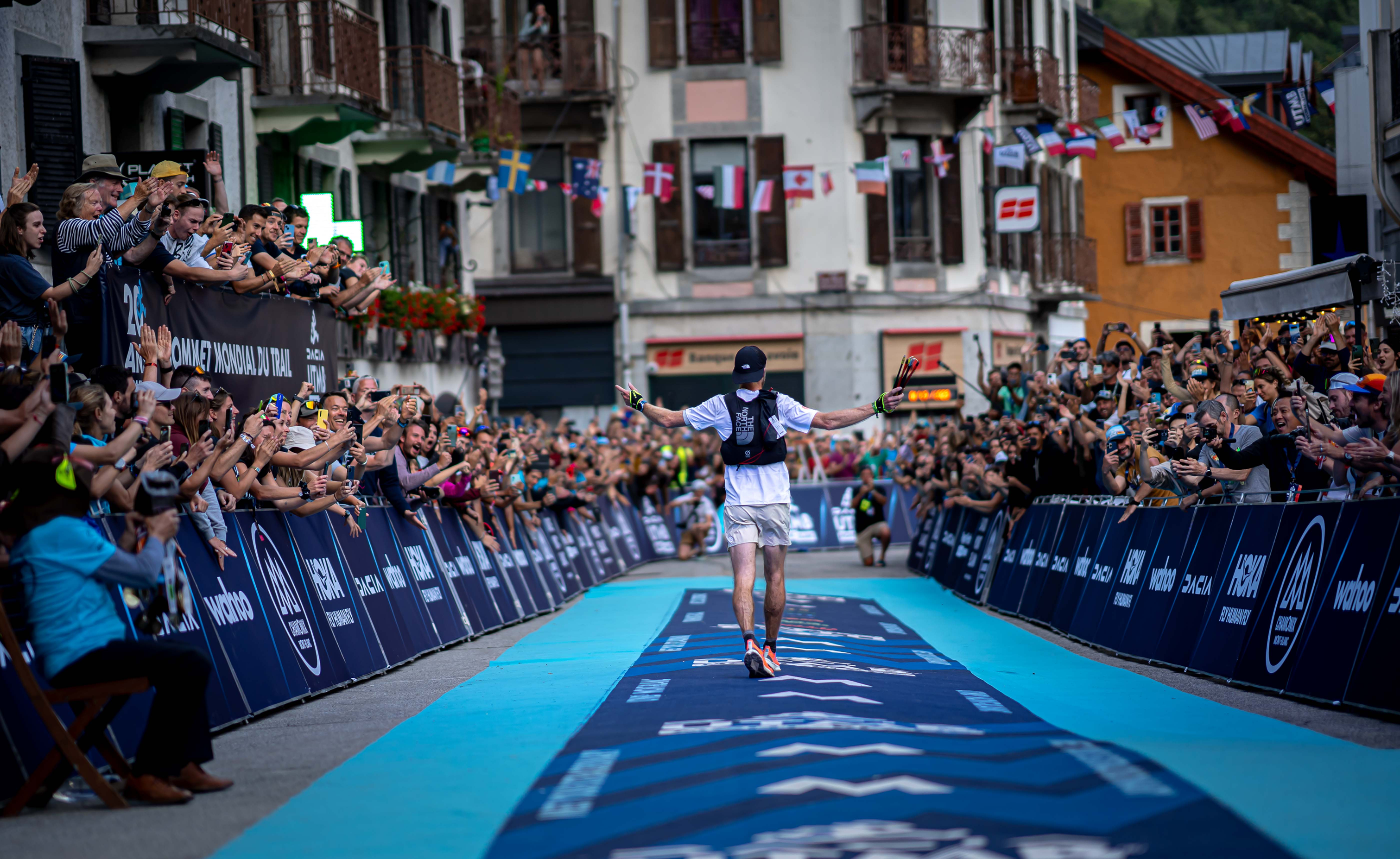I recently saw a reel that captured the emotional rollercoaster of building toward your “A” race: Two months out, you feel on track to PR. Six weeks out, the pressure to nail your workouts sets in. A month out, race pace feels shockingly hard. Two weeks out, you feel under the weather and start questioning your fitness. A week out, you feel so unprepared you secretly wish the race might get canceled.
It’s clearly comedy, but also deeply relatable. Anyone who’s trained through a full season knows what it’s like to have doubts creep in, even when things are objectively going well. You follow the plan, hit the sessions, and still feel like it’s falling apart, only to realize later that what felt messy or misaligned was just one of many valid paths to race day. More often than not, when I look back on those build-ups, things worked out better than expected, and sometimes exactly as needed.
Calling an Audible
This past month, I pivoted my season’s focus. My primary goal had been the Colorado Trail Race in mid-August (540 miles self-supported on my mountain bike). But when wildfire smoke pushed the air quality over 175 AQI along the route, I had to scratch. Instead, I reset and targeted two events just two weeks apart: the Vapor Trail 125 and the Marji Gesick 100. After training all summer with 4–5 days of racing in mind, I was suddenly facing a very different challenge: two 12–15 hour races, on entirely different terrain, just two weeks apart. And the kicker: I only had 3 weeks to prepare after scratching from Colorado Trail.
Vapor Trail 125 covers 125 miles of high altitude singletrack in Colorado. Its 17,000’ of elevation gain comes mostly in 4 big climbs sitting between 8,000’-12,500’. The trails are rugged backcountry trails, mostly in the alpine, and the race starts at 10pm! The thin air limits exertion and makes in-race recovery especially difficult.
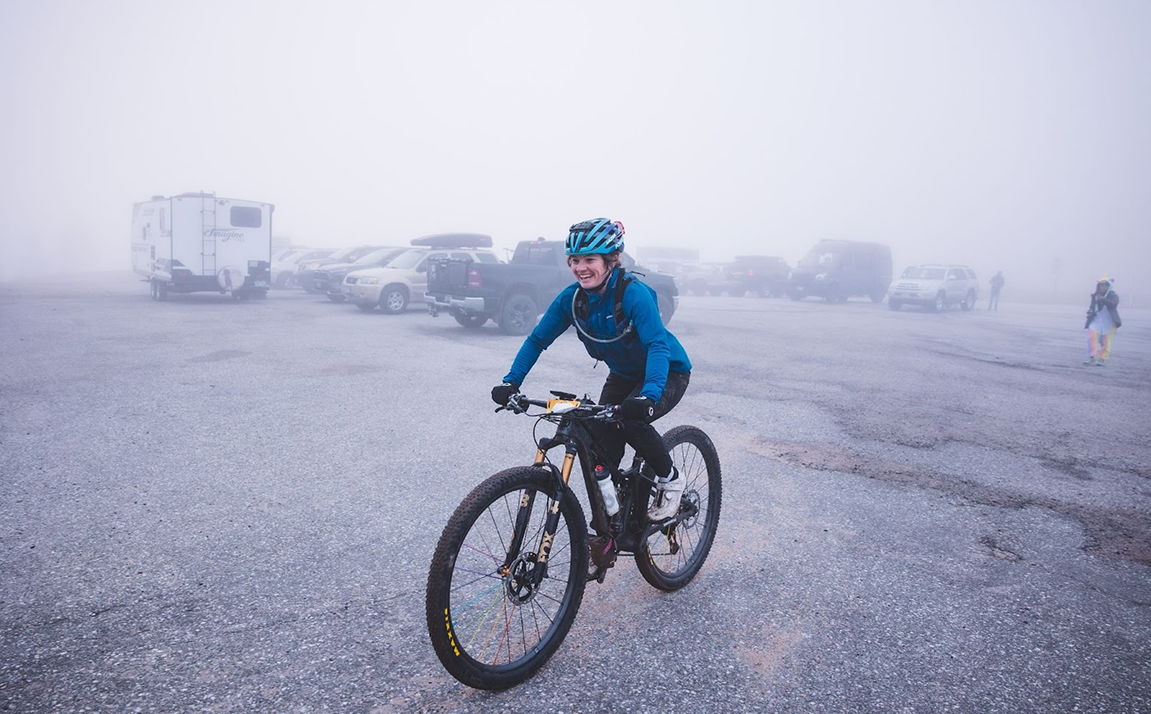
Thin air, 9.5 hours in and feeling great at Vapor Trail. (Photo by Jace Stout)
Marji Gesick, by contrast, is 106 miles of tight, twisting, technical singletrack at sea level in Michigan’s Upper Peninsula. The course includes 12,000 feet of gain through relentless short, steep climbs, most under 300 feet. Descents are too short to offer much recovery, and the terrain keeps speeds low while power spikes remain constant.
Amazingly, I set a course record at both events. I took around 45 minutes off the nine-year Vapor Trail record and became the first woman to “buckle” at Marji Gesick - finishing in under 12 hours and lowering the fastest female time by nearly an hour. That day was made even more special by working with three other women to chase that sub-12 goal. Two of them also broke the barrier, and I just happened to be the first across the line.
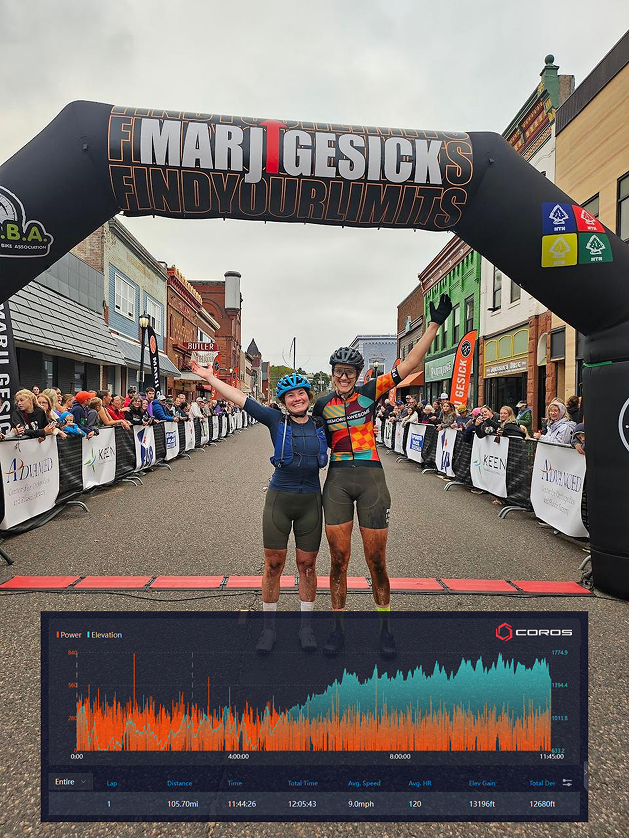
I went 1-2 with Syd Schultz (fellow COROS athlete) to both “buckle” at Marji, the first women to ever do so!
So what did training look like through the summer to set up those results? There are a few key elements that laid the groundwork:
1. Bikepacking
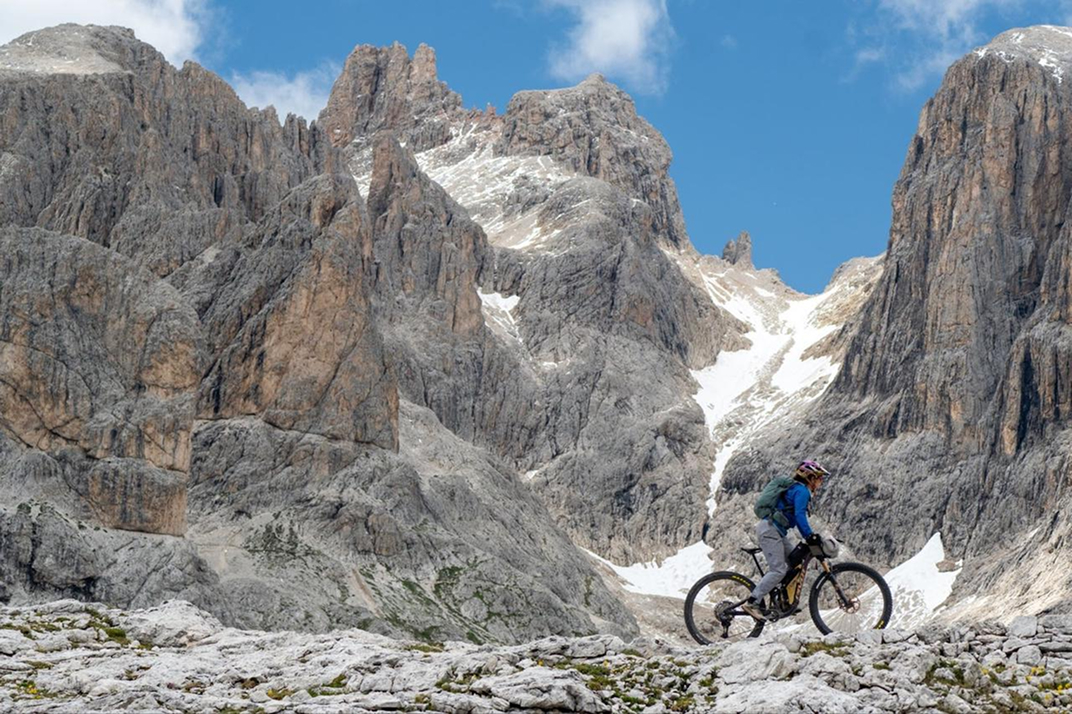
There isn’t any easy climbing in the Dolomites. (Photo by Kurt Refsnider)
Bikepacking is obviously good training for a bikepacking race. Six weeks before the Colorado Trail, I spent 10 days in the Dolomites riding a lightly loaded trail bike. The fitness gains were evident on day one of the Colorado Trail, where I climbed 17,000 feet in just 80 miles without feeling overworked (smoke exposure aside).
More importantly, the fatigue resistance I built during that trip paid off for the rest of the season. Neither Vapor Trail nor Marji Gesick required carrying much gear, but in both races, I had better legs after hour eight than I’ve ever experienced. I got a second wind late in each race that carried me to the finish.

43hr weeks isn’t sustainable for me, but when done with an appropriate build and sufficient recovery, it's one of my most effective training strategies for cycling ultras!
2. Tempo & Sweet Spot Trail Work
After the Dolomites, I built a block focused on cumulative time at Tempo and Sweet Spot intensity, right at the boundary between Tempo (Zone 3) and Threshold (Zone 4). This intensity range works well for me in ultra-distance prep. It helps build the power I can sustain over long durations. While this training was originally geared toward the Colorado Trail Race, it clearly translated. My normalized power during Vapor Trail and Marji showed I could hold a strong effort late into long races.

A power file from a day of climbing at tempo in the mountains.
Can you see the difference between the steadiness of power at the same effort on road vs trail? The entire first climb was on trail, the lower half was more technical, requiring more power spikes within the effort. The lower part of the second climb was on pavement, which shows very steady, consistent power, then onto a trail where short spikes occur naturally from terrain, corners, rocks, etc. These sections also highlight how power zones gradually decline as elevation increases. Both climbs top out at around 10,000 feet, starting from 7,000, making the effort feel harder even when holding the same output.
3. Racing!
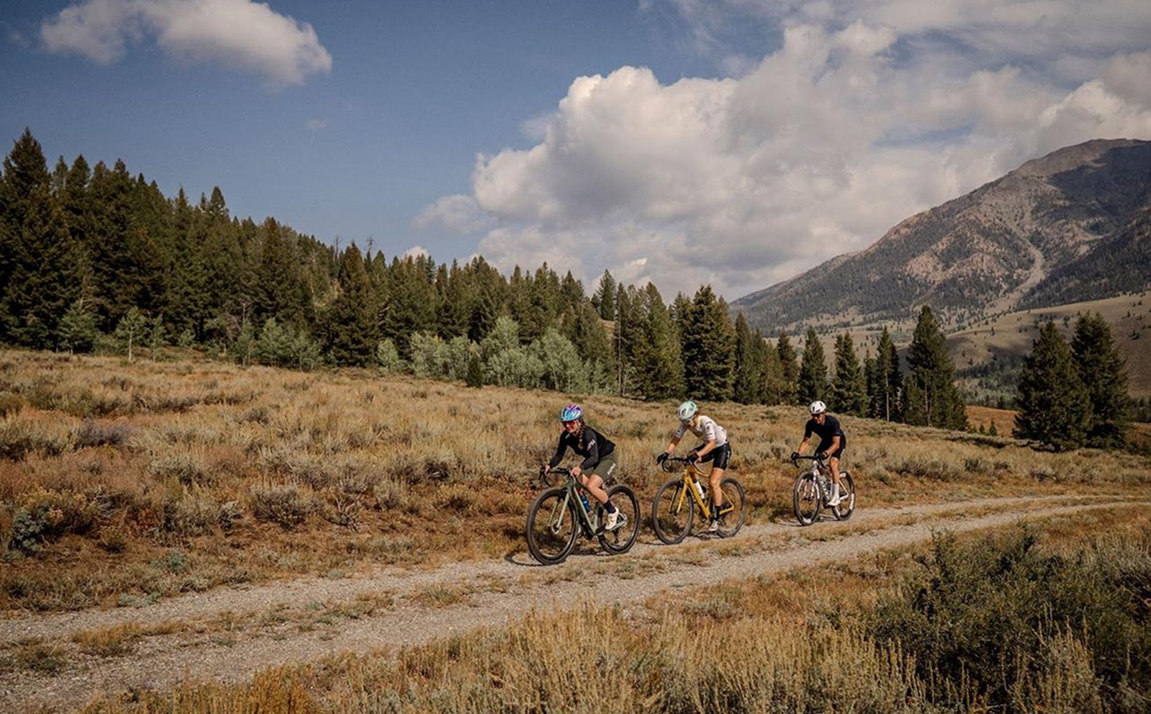
Photo credit: Adventure Scout Media/Rebecca’s Private Idaho
After scratching from the Colorado Trail, I was concerned about not having enough top-end fitness for the fast starts and constant power surges demanded by the “shorter” 1-day races left on the calendar, particularly Marji Gesick.
So I entered Rebecca’s Private Idaho (a 3-day gravel stage race) as a way to race myselfinto shape. The format worked perfectly: it was a week before Vapor Trail, close to home, and spread over four days with a rest day before the longest stage. The high-intensity race starts mimicked the demands of Marji’s climbs, and the climb time trial forced me into a threshold effort I hadn’t done since spring.

Stage 1 of Rebecca’s Private Idaho
Notice all the power surges that come with racing in a pack. There are countless spikes in the first 45 minutes leading into the climb, and again in the final hour.

Stage 3 of Rebecca’s Private Idaho
This power file shows that despite the undulating terrain, average power needs to remain steady in a gravel race while spikes regularly occur to race in a group. This was a great training day for the demands of the first half of Marji Gesick.
4. Finally, Recovery
I took focused recovery periods more frequently than usual this summer. My recovery blocks followed my biggest efforts: the 10-day Dolomites trip, my long day on the Colorado Trail, Rebecca’s Private Idaho, and the two-week gap between Vapor Trail and Marji. You can see this reflected in my metrics. The blue line in my chart (Load Impact) rises and falls more often compared to my spring build. Each drop followed a big effort and allowed me to absorb the work and come back stronger.

My volume, Base Fitness, and Load Impact this year
Over three months, I logged 10 days of bikepacking, a tempo-heavy climbing block, three 12–15 hour races, and a 3-day gravel stage race. The key to performing well in my final two events was consistent recovery, even when that meant adjusting my training on the fly.
My go-to recovery tools? Easy mountain bike rides, long walks or trots with Hank (my dog), restorative yoga, and time near water. There’s truth in the saying “train hard, recover harder.” The hard part is allowing yourself the grace to let go of expectations and do what your body needs.
The way this season unfolded is wildly different than how I mapped it out (both on either the big-picture and day-to-day level). But looking back I'm so pleased with how it unfolded and wouldn’t have changed a thing.

/filters:quality(90)/fit-in/970x750/coros-web-faq/upload/images/18f508664e514bcce12b3a376587ba58.jpg)
